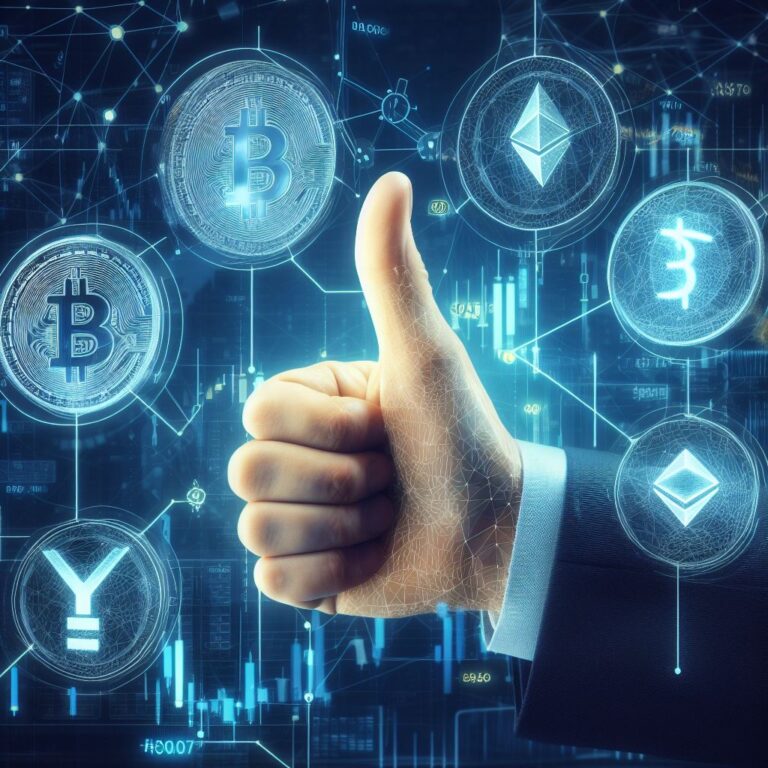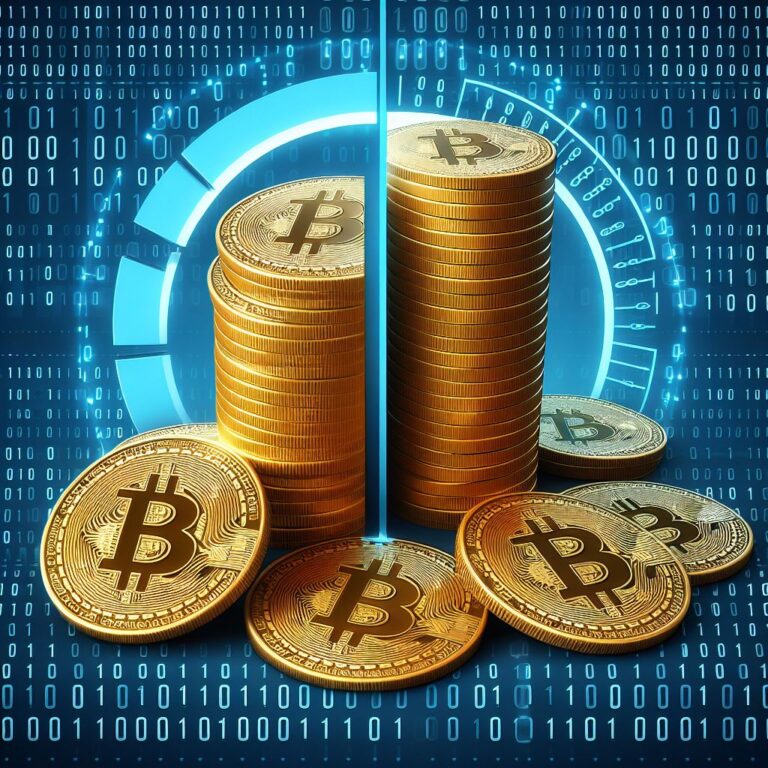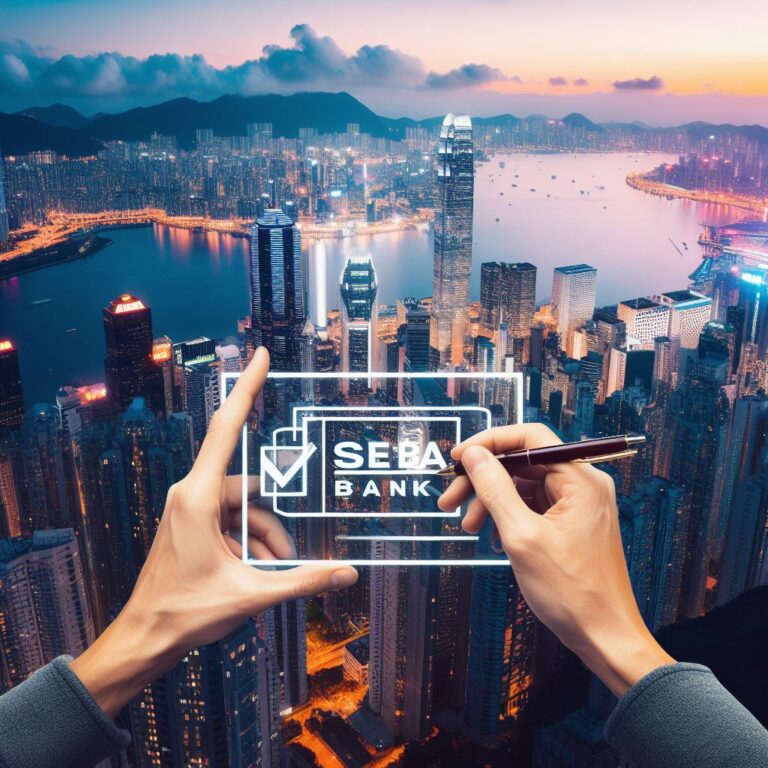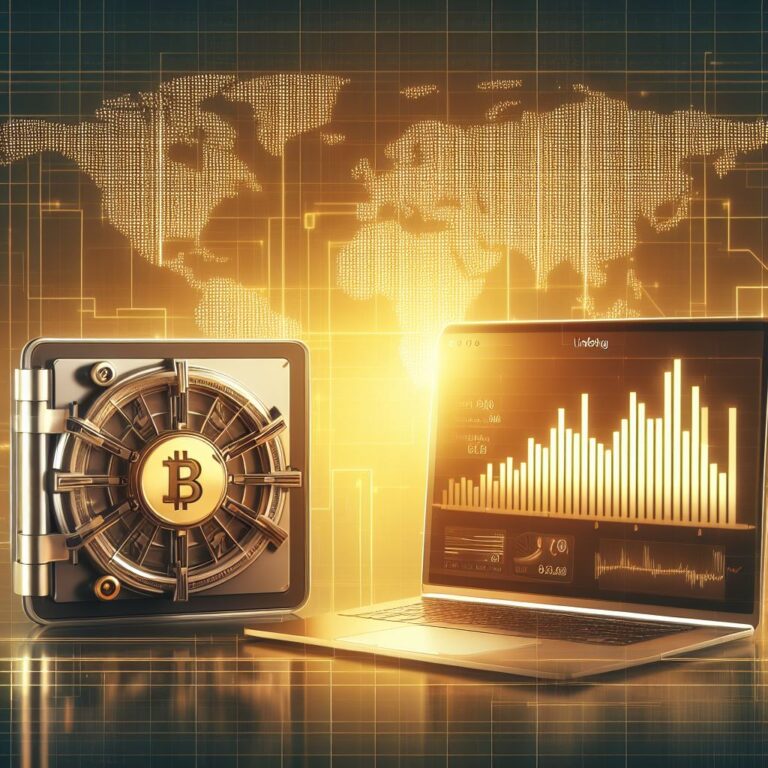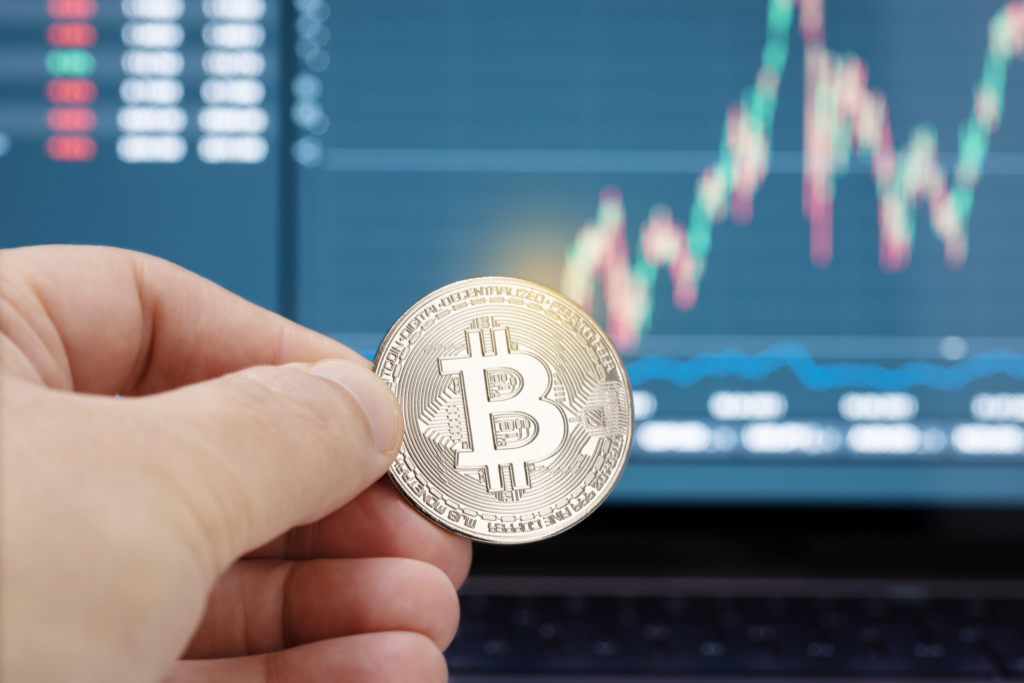Binance, a global cryptocurrency exchange giant, is set to make significant strides in the Thai market with its upcoming venture, Gulf Binance. This joint venture, established in collaboration with Gulf Innova, a unit of Gulf Energy Development, has received approval from Thailand‘s Securities and Exchange Commission (SEC) to kickstart its operations, as disclosed in a translated filing to the Stock Exchange of Thailand on Wednesday.
Green Light for Gulf Binance
Gulf Binance, the result of the partnership between Binance and Gulf Innova, had previously secured licenses from Thailand’s Ministry of Finance in May, positioning itself as a regulated digital asset operator under the SEC’s purview. The recent filing marks the crucial green light for the joint venture, paving the way for its imminent launch.
Digital Asset Services with a Focus on Security
Gulf Binance aims to offer a comprehensive suite of digital asset services, including both cryptocurrency and digital token exchange, and digital asset broker services. The company places a strong emphasis on security and compliance with SEC regulations, ensuring a secure and trustworthy platform for users.
The platform is designed to prioritize user safety and regulatory compliance, aligning with Thailand’s evolving digital asset landscape. The commitment to security and adherence to regulatory frameworks is a crucial step for Gulf Binance as it seeks to establish itself in the dynamic Thai cryptocurrency market.
Exclusive Invitation-Only Access
Gulf Energy Development announced that initially, Gulf Binance will extend its services through invitation-only access. This strategic approach allows the platform to fine-tune its operations and gather valuable feedback from a select user base before opening its doors to the general public.
Partnership with Thai Billionaire Sarath Ratanavadi
The collaboration between Binance and Gulf Energy, headed by Thai billionaire Sarath Ratanavadi, was formalized in early 2022. This strategic partnership reflects the shared vision of both entities to explore and capitalize on the burgeoning cryptocurrency market in Thailand.
A spokesperson for Binance confirmed that the platform has commenced operations as an invitation-only exchange, with plans to gradually open up to the wider public. The phased approach aligns with their strategy to ensure a seamless and secure experience for users.
In conclusion, Binance’s collaboration with Gulf Energy in the form of Gulf Binance marks a significant development in the cryptocurrency landscape in Thailand. As the platform gears up for its public launch in early 2024, it is poised to make a notable impact on the accessibility and adoption of digital assets in the region. The joint venture’s commitment to security, regulatory compliance, and strategic phased rollout positions Gulf Binance as a key player in Thailand’s evolving crypto ecosystem.




